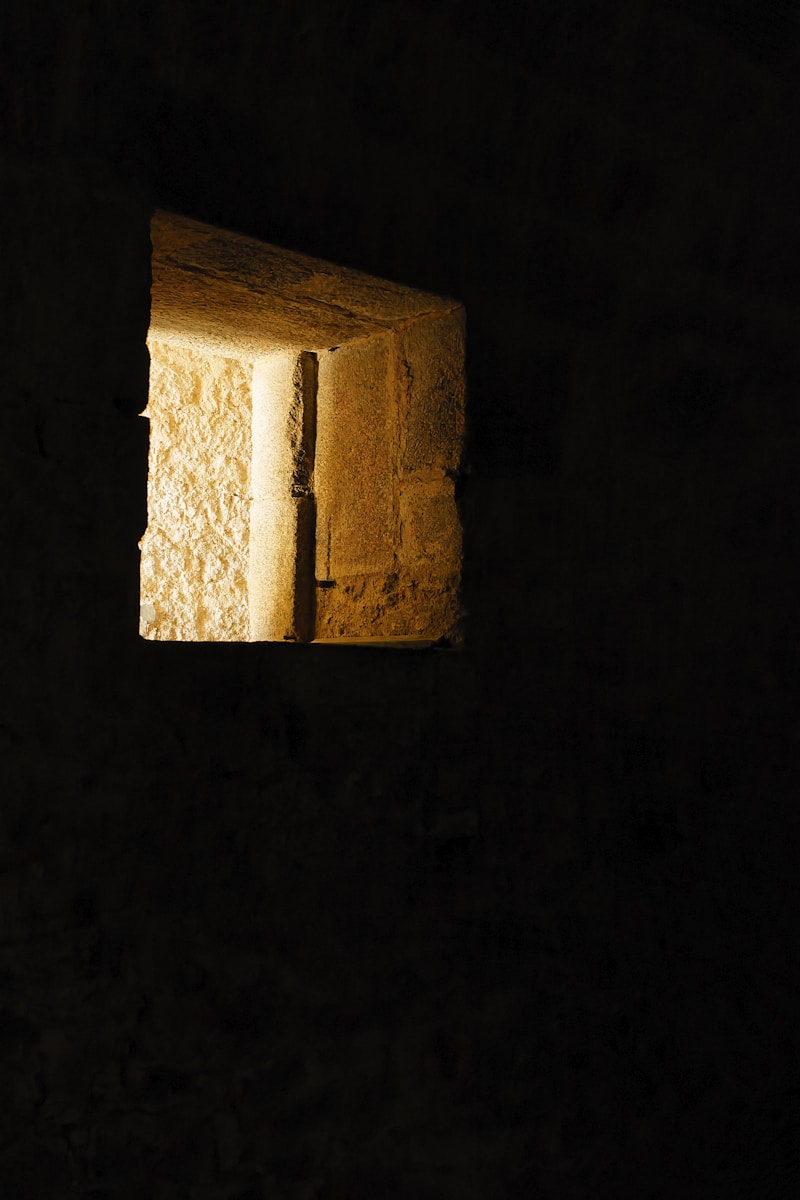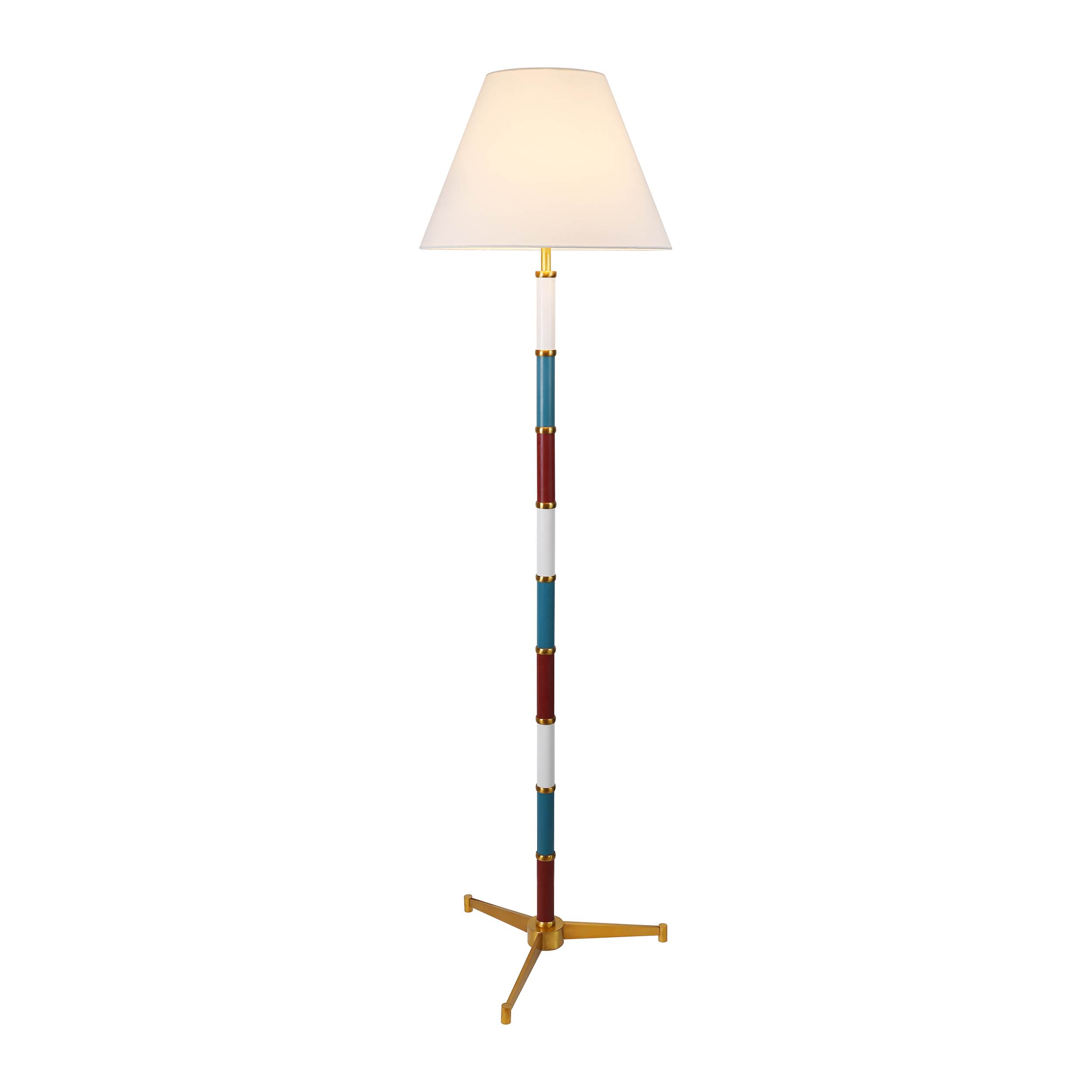Exploring the Eclectic Medieval Aesthetic: A Journey Through Time and Style
Exploring the Eclectic Medieval Aesthetic: A Journey Through Time and Style
The "Eclectic medieval aesthetic" represents a unique blend of various design elements and cultural influences from the medieval period, merged creatively into a contemporary context. This fascinating aesthetic has been gaining popularity, especially among interior designers, fashion enthusiasts, and artists looking to evoke a sense of nostalgia and intrigue. In this article, we will delve deep into the eclectic medieval aesthetic, exploring its origins, key characteristics, contemporary applications, and its impact on modern design trends.
The Origins of Eclectic Medieval Aesthetic
The medieval period, spanning approximately from the 5th to the late 15th century, is characterized by remarkable artistic developments and cultural transformations across Europe. The eclectic medieval aesthetic draws inspiration from various Medieval styles, including Gothic, Romanesque, and Byzantine, combining them with modern sensibilities.
This aesthetic rose to prominence during the Gothic Revival in the 19th century, where architects and designers sought to recreate the grandeur of medieval architectural and artistic styles. It emphasizes intricate details, rich textures, and a sense of timelessness.
Key Characteristics of the Eclectic Medieval Aesthetic
To better understand the eclectic medieval aesthetic, let’s explore its defining characteristics:
| Characteristic | Description |
| Rich Textures | Utilizes materials like velvets, brocades, and tapestries to create a luxurious ambiance. |
| Intricate Patterns | Incorporates detailed motifs and designs, such as floral patterns, heraldic symbols, and geometric shapes. |
| Earthy Color Palettes | Employs muted tones inspired by nature, including deep greens, rich browns, and royal blues. |
| Furniture Style | Features robust, handcrafted pieces made from solid woods, often adorned with carvings and metal accents. |
| Architectural Elements | Includes arches, stonework, and stained glass that bring the medieval spirit into modern spaces. |
Eclectic Medieval Aesthetic in Interior Design
The application of the eclectic medieval aesthetic in interior design can transform an ordinary space into a captivating environment filled with character and history. Here are some key aspects to consider:
1. Architectural Features
Incorporating gothic arches and beam ceilings can instantly add a medieval touch to modern architecture. These features can be highlighted with appropriate lighting to create dramatic shadows and enhance the overall ambiance.
2. Textiles and Fabrics
Utilizing rich fabrics such as brocade or tapestry for upholstery and curtains can evoke a sense of luxury. Throw pillows with intricate medieval patterns can also serve as focal points in a room.
3. Color Schemes
Choosing a color palette that reflects the earthy tones of the medieval period can create a warm and inviting atmosphere. Consider using deep greens, burnt oranges, and muted golds for wall colors, paired with furniture that resonates with these shades.

While the sumptuous look of the eclectic medieval aesthetic may seem intimidating, it can be achieved through thoughtful layering and balance. This ensures the space does not feel too busy or overwhelming.
Eclectic Medieval Aesthetic in Fashion
Beyond interior design, the eclectic medieval aesthetic has also made its mark on the fashion industry. Designers are increasingly drawing inspiration from historical garments, reinterpreting them with modern cuts and materials.
1. Dress Styles
Flowing gowns with long sleeves, lace details, and corset-style bodices create a magical, fairy-tale-like appearance. Fabrics like silk and chiffon are often used to mimic the luxurious feel of medieval clothing.
2. Accessories
Jewelry inspired by medieval motifs, such as insignias or crosses, can add an authentic touch. Capes, hoods, and leather belts can enhance the style, creating a dramatic statement.
The modern interpretation of medieval fashion allows for creativity and individuality. Mixing different eras and styles can yield exciting results and enable the wearer to express personal tastes while paying homage to history.
The Influence of Eclectic Medieval Aesthetic on Art
Artists and craftsmen have long drawn from the eclectic medieval aesthetic, creating works that echo historical styles while infusing them with contemporary themes. This influence can be seen in various art forms, including painting, sculpture, and digital art.
1. Art and Illustrations
Many contemporary artists find inspiration in historical themes, creating pieces that reflect medieval storytelling combined with modern techniques. This can produce stunning visuals that evoke nostalgia while appealing to today’s artistic sensibilities.
2. Digital Art and Design
The eclectic medieval aesthetic has also found its way into digital art, with designers using software to create intricate patterns and designs that capture the medieval spirit. Video games, for instance, often utilize medieval themes in their storyline and character designs, appealing to fans of the genre.
Conclusion: Embracing the Eclectic Medieval Aesthetic
In summary, the eclectic medieval aesthetic serves as a bridge between historical and contemporary design. Its rich textures, intricate patterns, and earthy color palettes make it a captivating choice for individuals seeking depth and character in their environments. Whether in interior design, fashion, or art, embracing this aesthetic allows for creative expression and a connection to the past.
As you explore this unique style, consider blending various elements to create a space or look that resonates with your personal aesthetic. Remember that the eccentricity of this approach lies in its versatility; feel free to adapt, modify, and personalize it to suit your tastes. However, be mindful of maintaining harmony within your chosen space or outfit to ensure a cohesive look that celebrates the beauty of the eclectic medieval aesthetic.
